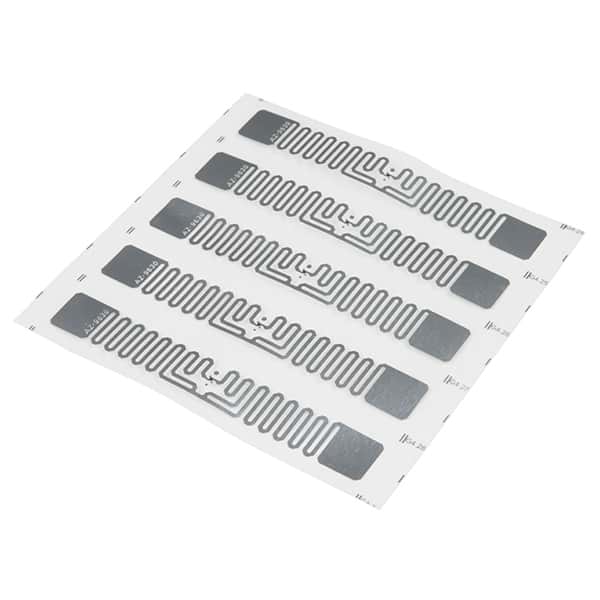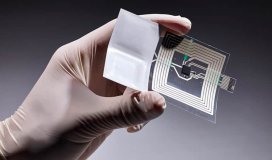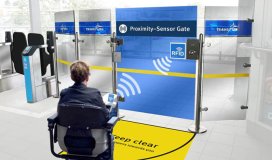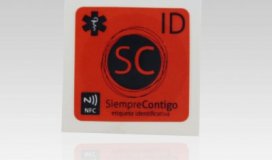UHF Gen 2 RFID tags have four memory banks:
EPC
TID
User
Reserved
The chipset, or integrated circuit (IC), houses these four memory banks and is where all the data is stored. Some chipsets have different bit allocations between the four banks to allow for more user memory or a longer EPC number. Each chipset is unique, but the same basic principles apply to all.

Below are 17 facts about UHF Gen 2 memory banks:
1. Each bank is labeled with a number and title assigned by EPCglobal.
(11) User Memory Bank
(10) TID Memory Bank
(01) EPC Memory Bank
(00) Reserved Memory Bank
2. The kill and access passwords are stored in the Reserved Memory Bank (00).
3. Access and kill passwords are both 32-bits in length.
4. The User Memory bank provides a place for user-defined data.
5. The User Memory Bank is not included on all chipsets, but if a tag has user memory, it comes blank from the manufacturer.
6. User Memory ranges from 32 bits to over 64k.
7. EPC stands for “Electronic Product Code” not to be confused with UPC, which stands for “Universal Product Code”.
8. EPC numbers vary in length from 96 bits to 496 bits. The most common EPC lengths are 96 and 128 bits.

9. Some chipset manufacturers make their EPC numbers unique, while others do not. This is important to note when you purchase RFID tags. If you purchase tags without unique EPC’s, when the tags are read, it will look as though only one tag is in the read field being reported. If tag EPC’s are not unique, they can be encoded to unique values using an RFID printer (if inlays or RFID labels) or by encoding one tag at a time.
10. Unless the EPC memory area is locked, EPC values can be read and rewritten as many times as necessary.
11. When RFID tags are placed on items for certain applications like supply chain or retail, the EPC number is encoded using an Identification Scheme. EPC Identification Schemes were created by GS1 and explain how to encode the EPC number depending on the use of the item. Identification Schemes are set up to explain the bit allocation for the EPC number and define the number of bits in the Header, Filter Value, Partition, Company Prefix, Item Reference, and Serial Number. These schemes were created to standardize EPC allocations and are used in industries like the Department of Defense, and in areas like global trade (GTIN), and global returnable assets (GRAI).
12. TID stands for “Tag Identifier”, and is not to be confused with a serial identification number or SGTIN (a common Identification Scheme).
13. TID numbers are usually 32 -80 bits in length and contain the chipset’s type and manufacturer.
14. Certain tags have an extended TID number which is expressed as XTID.
15.The TID number is read only memory and cannot be rewritten.
16. Each TID number is unique and can be used to uniquely identify one tag from another, especially if the EPC isn’t serialized.
17. TID characters explain the type of chipset and manufacturer. For example, if the TID number has a 3 characters string of “003” after the first 2 characters, then the chipset was manufactured by Alien Technology. The type of chipset can be determined next. If the next three characters are “412”, it is a Higgs-3 chip; if the next three characters are “414”, it is a Higgs-4 chip; and, if the next three characters are “811” it is a Higgs-EC chip.



